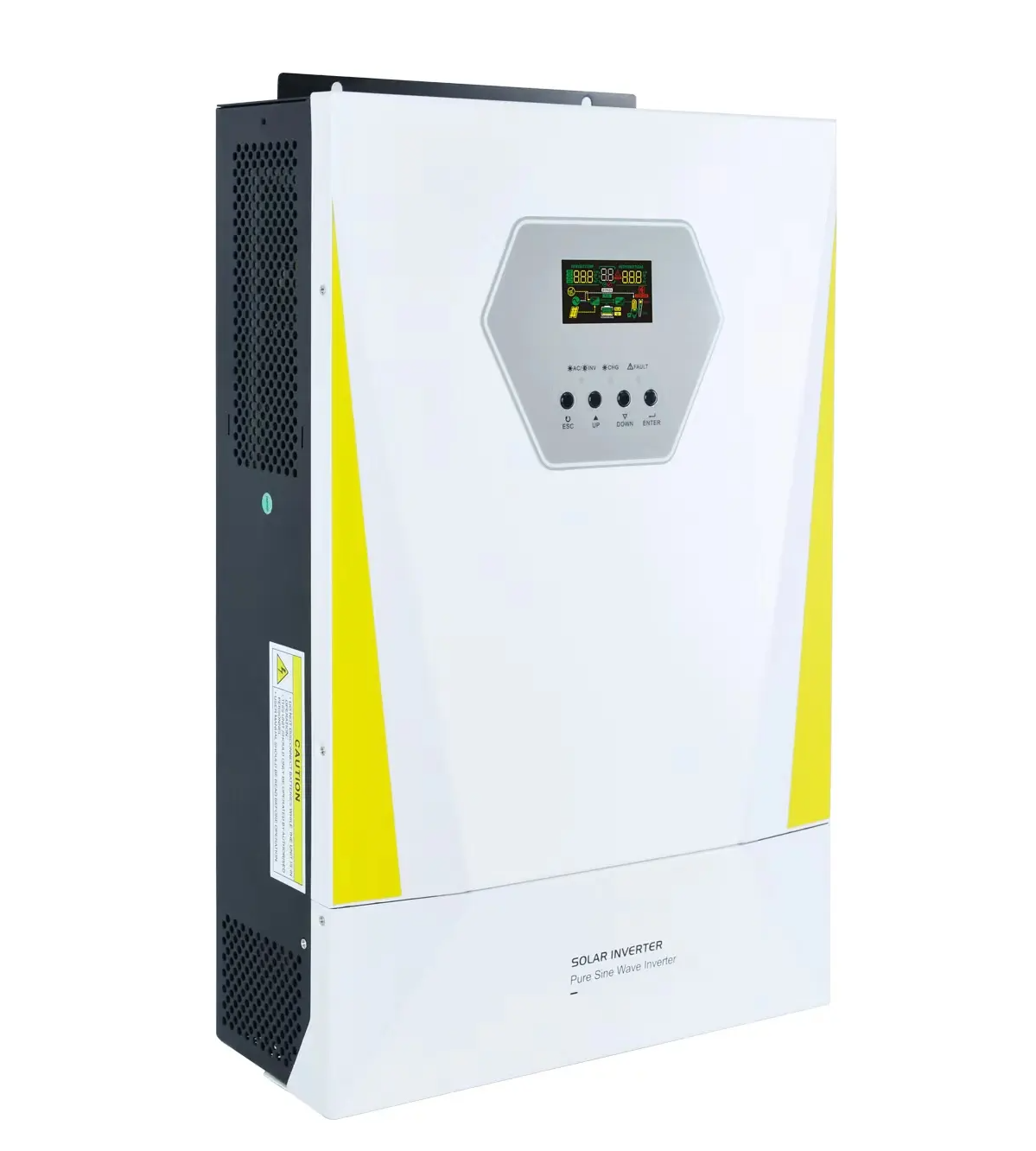
Photovoltaic solar systems
Our photovoltaic solar systems are crafted to provide excellent performance and dependability. Using advanced technology and stringent testing, we ensure each system makes the most out of solar energy to meet your power needs. Our solutions are scalable and adaptable to many environments, ranging from small installations to large-scale solar farms.
Solar panel suppliers
We have partnered with well-known quality-conscious and innovative manufacturers of solar panels. This enables us offer a range of highly efficient, long-lasting panels that can optimize energy generation. Depending on whether you need monocrystalline, polycrystalline or thin-film panels, we have profound guidance for you while selecting the best ones for your project.
Solar module manufacturers
Our partnership with reputable companies in the production of solar modules ensures we remain at the leading edge of technology in this sector. These modules withstand harsh weather conditions but still maintain high conversion efficiencies. They are also versatile as they can be customized for residential rooftops commercial installations or even utility scale projects.
Key benefits
Efficiency: The utilization of sunlight for maximum capture and conversion.
Reliability: Consistent results whatever may come up next.
Sustainability: Clean energy options which decrease greenhouse gas emissions.
Supports: Professional advice on how to make a project ring true from its inception phase till final implementation stages.
Select CN Inverter as you go green and discover sustainable innovation at work!

Our continuous output power delivery is based on high-performance solar photovoltaic installations. They have been created to produce reliable energy for different purposes. These arrays can be used in homes, offices or factories where they are designed to withstand bad weather while giving steady performance. Our sun-powered electricity generators are made up of long-lasting materials and utilize cutting-edge technology for better efficiency over time. In this way you will save much money due to reduced consumption of electricity which also means that there is less pollution being caused thus making it more eco-friendly too!
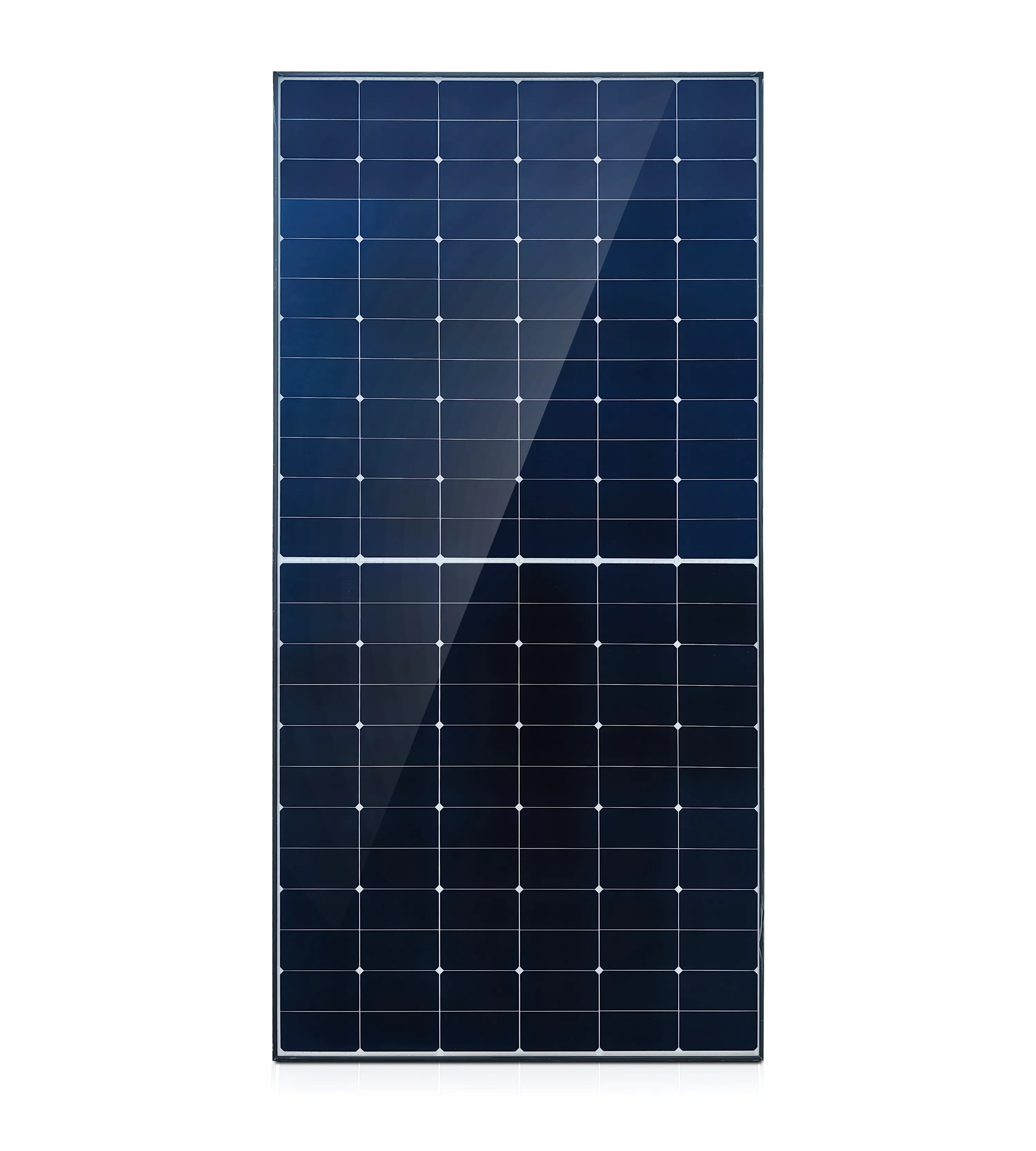
Our solar panels work better and are more dependable because we make use of the latest technology. These systems change sun rays into electricity by using clean renewable energy, hence they can be used in homes or businesses to meet different needs. Our photovoltaic cells are advanced with higher quality materials which ensures that our solar panel system gives maximum power output over a long period of time. If you invest in our creative solar photovoltaic systems you will be able to save on non-renewable resources thereby saving the environment for future generations.
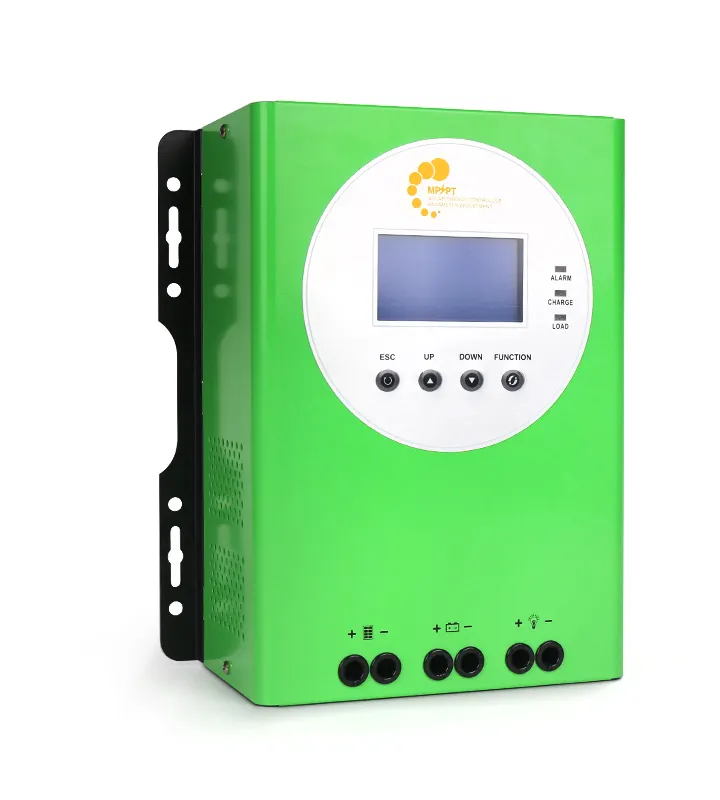
We provide cheap solar PV systems which bring in green energy solutions within everyone’s reach. These structures should be able to create energy effectively at a low cost compared to other forms of electrical power, and this is why they are best suited for homeowners and businesses that aim at cutting down their expenses on electricity as well as reducing environmental damage caused by it. Our cheap solar PV systems are easy to install and maintain; therefore, you don’t need to spend much money while setting up such an environment-friendly system at your home or office premises. Once a month we offer cheap solar panels so that even people with minimum income can buy them without any problem more over if you choose our affordable solar pv solution then it will help in making clean surroundings along with saving energy for future use.
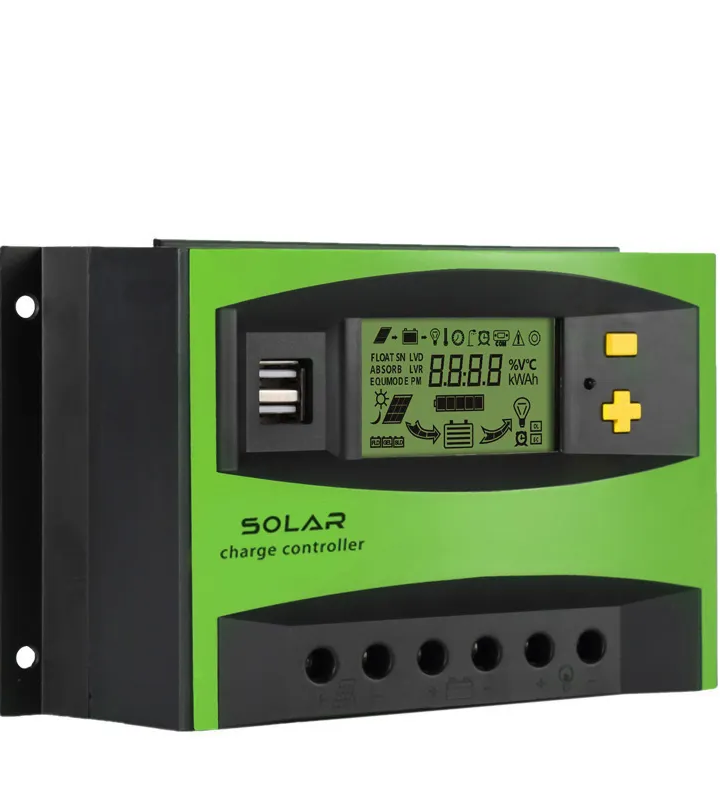
In the sector of sustainable energy solutions, it is solar PV systems that are in the forefront, changing how we tap and use renewable resources. Through photovoltaic technology these systems convert sunshine into electricity which is a good replacement for traditional fossil fuels. With improvement of solar panel efficiency as well as storage capabilities, they have become more affordable and convenient to be used at home or in industries.
Solar PV systems include photovoltaic modules, inverters and mounting structures designed to capture as much sunlight as possible so that it can be converted into electrical power. By reducing reliance on non-renewable resources, they also result in substantial decrease in carbon footprint thus mitigating environmental impacts. From urban rooftop installations to large scale rural solar farms, these systems are versatile and scalable providing energy solutions across the world.
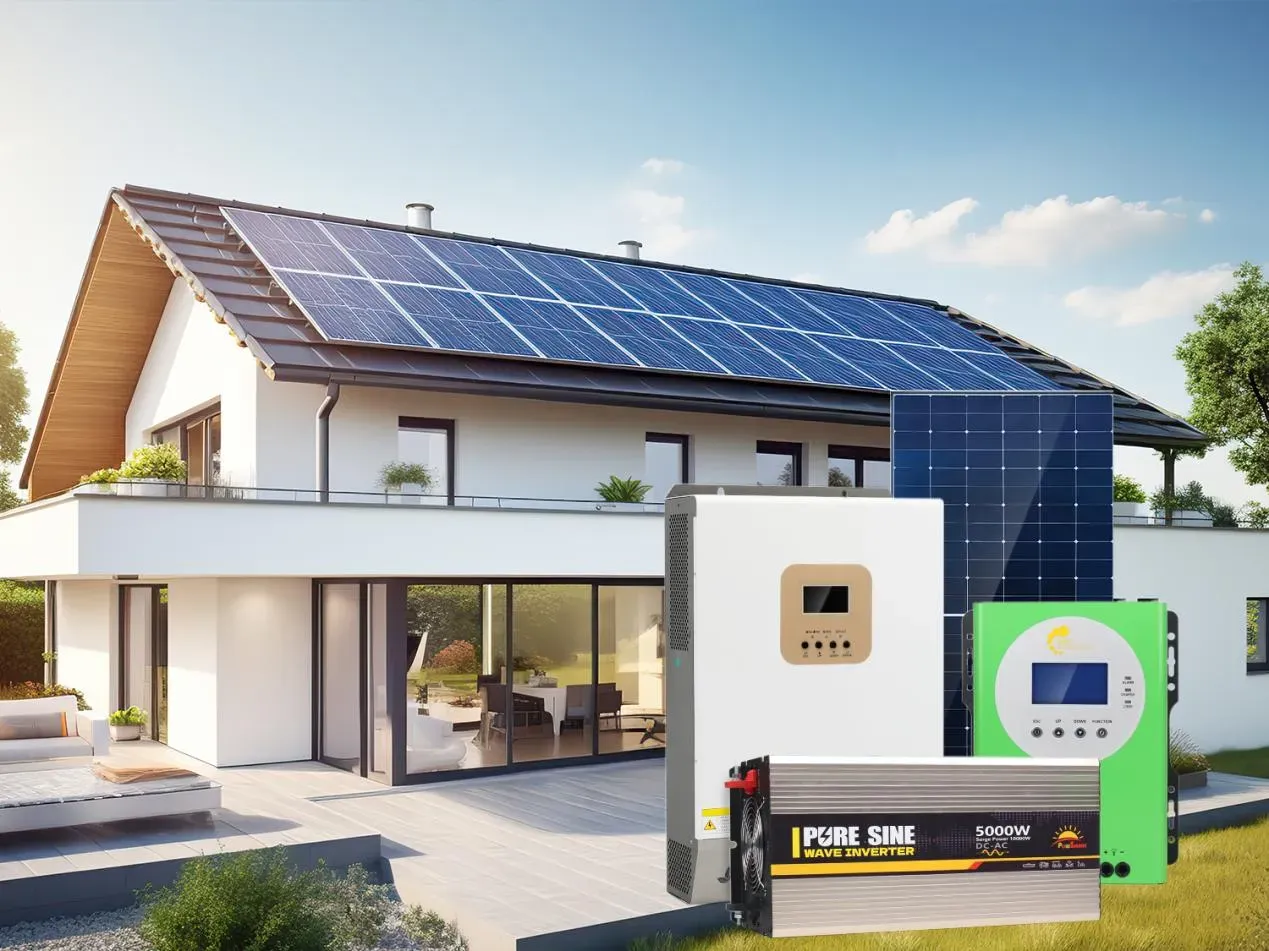
Sunrise New Energy is a one-stop provider of energy storage and photovoltaic power generation solutions. Our mission is to create a new way of life by integrating clean energy into our daily lives and achieving perfect harmony between man and nature. As a professional solar module and system solution provider, our products will benefit more people!
Our products include off-grid inverters, solar hybrid inverters, solar controllers, solar panels, storage batteries, PV off-grid systems, grid-connected systems, hybrid systems, PV racking systems, and other PV series products, and have been certified by FCC, ETL, CE, and so on.
Our inverters and batteries are designed for superior performance and reliability.
We ensure smooth processing and timely delivery of large-scale orders.
Our products feature cutting-edge technology for optimal energy solutions.
We provide responsive and knowledgeable support for all client needs.
Sizing a solar PV (photovoltaic) system involves calculating the appropriate capacity and configuration of solar panels and related components to meet your specific energy needs. Here’s a step-by-step guide to help you size a solar PV system:
Calculate Your Average Daily Energy Consumption: Review your electricity bills to determine how many kilowatt-hours (kWh) of electricity your household or business consumes on average each day. This helps you understand your daily energy demand.
Consider Seasonal Variations: Factor in any seasonal variations in energy consumption, such as increased use of heating or cooling systems during hot or cold months.
Assess Solar Resource: Understand the solar irradiance in your location. This information helps estimate how much sunlight your panels will receive throughout the year, affecting energy production.
Consider Orientation and Tilt: Optimize panel orientation (typically facing south in the Northern Hemisphere) and tilt angle to maximize solar exposure throughout the day.
Estimate Panel Capacity: Calculate the total wattage (W) of solar panels needed based on your daily energy consumption. For example, if your average daily consumption is 20 kWh and you receive 5 hours of sunlight per day, you would need panels capable of producing around 4 kW (20 kWh / 5 hours).
Factor in Efficiency and Losses: Account for system losses due to shading, panel inefficiencies, wiring losses, and inverter efficiency. Typically, a safety factor of 10-20% is added to ensure the system can meet your needs reliably.
Choose Inverter Capacity: Select an inverter that matches the total DC capacity of your solar panels. Inverters convert DC electricity produced by the panels into AC electricity usable in your home or business.
Consider Battery Storage (if applicable): If you want to store excess energy for use during low-sunlight periods or for backup power, size your battery storage system accordingly.
Check Local Regulations: Ensure your solar PV system complies with local building codes, grid connection requirements, and any permit requirements.
Work with Professionals: Consult with a qualified solar installer or engineer to finalize your system design and ensure it meets all technical and safety standards.
Calculate Initial Costs: Estimate the total cost of purchasing and installing the solar PV system, factoring in equipment, installation, permits, and any additional components like battery storage.
Evaluate Financial Returns: Assess potential savings on electricity bills, incentives (such as tax credits or rebates), and the payback period for your investment.
Monitoring: Install a monitoring system to track the performance of your solar PV system over time, ensuring it operates efficiently and identifying any issues promptly.
Maintenance: Plan for regular maintenance, such as cleaning panels and inspecting components, to optimize system performance and longevity.
By following these steps and consulting with solar professionals, you can effectively size a solar PV system that meets your energy needs while maximizing the benefits of solar energy for your home or business.
Objective: To learn the fundamental principles and components of PV solar systems, and understand how they convert sunlight into electricity.
Definition of PV Solar Systems: PV solar systems convert sunlight directly into electricity using photovoltaic cells made of semiconductor materials.
History and Development: Brief overview of the development of PV technology and its applications in renewable energy.
Photovoltaic Effect: Explanation of how photons from sunlight energize electrons in semiconductor materials, generating an electric current.
Structure of PV Cells: Overview of the layers and materials used in PV cells to facilitate electron movement and capture sunlight effectively.
PV Modules (Solar Panels):
Inverters:
Balance of System (BOS):
Table of Contents:
Introduction to Solar PV Systems
Understanding Solar Resource
Load Analysis
System Components
System Sizing and Design
PV Array Layout and Configuration
Electrical Design
Grid Connection and Net Metering
Installation Guidelines
Commissioning and Testing
Monitoring and Maintenance
Economic Analysis and Financing
Environmental Benefits
Case Studies and Examples
Future Trends and Innovations
Conclusion
Using PV/T (photovoltaic-thermal) systems with concentrated solar power involves integrating both technologies to maximize energy efficiency and output. Here’s a guide on how to effectively use PV/T in concentrated solar systems:
PV/T Technology Overview:
Concentrated Solar Power (CSP) Basics:
Hybrid System Design:
Optimizing PV/T Performance:
Heat Management and Utilization:
Electrical Integration:
Enhanced Efficiency:
Diversified Energy Output:
Environmental Impact:
System Sizing and Scalability:
Maintenance and Monitoring:
By integrating PV/T technology with concentrated solar systems, you can leverage the strengths of both technologies to maximize energy output, efficiency, and sustainability in solar energy applications.
